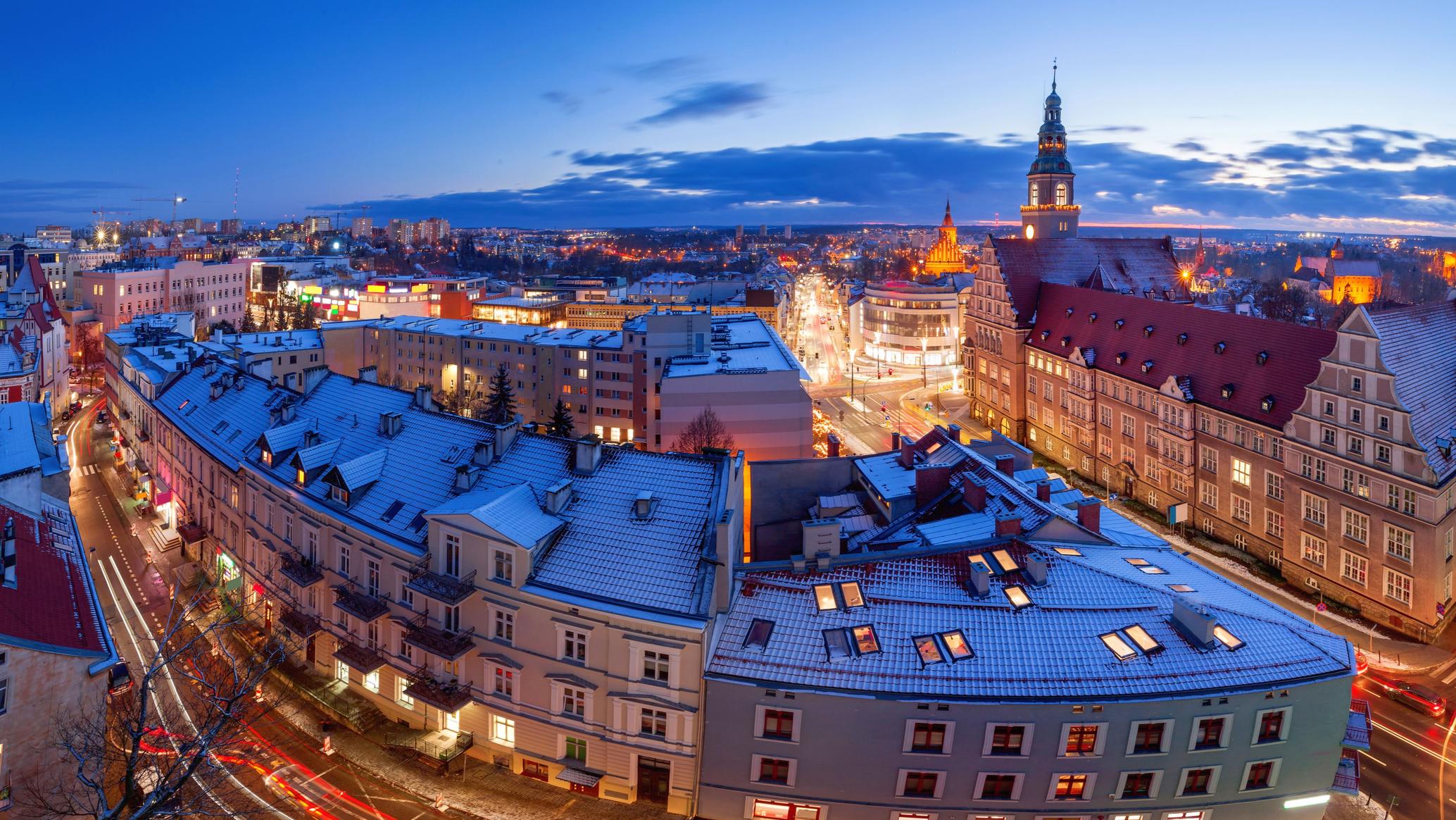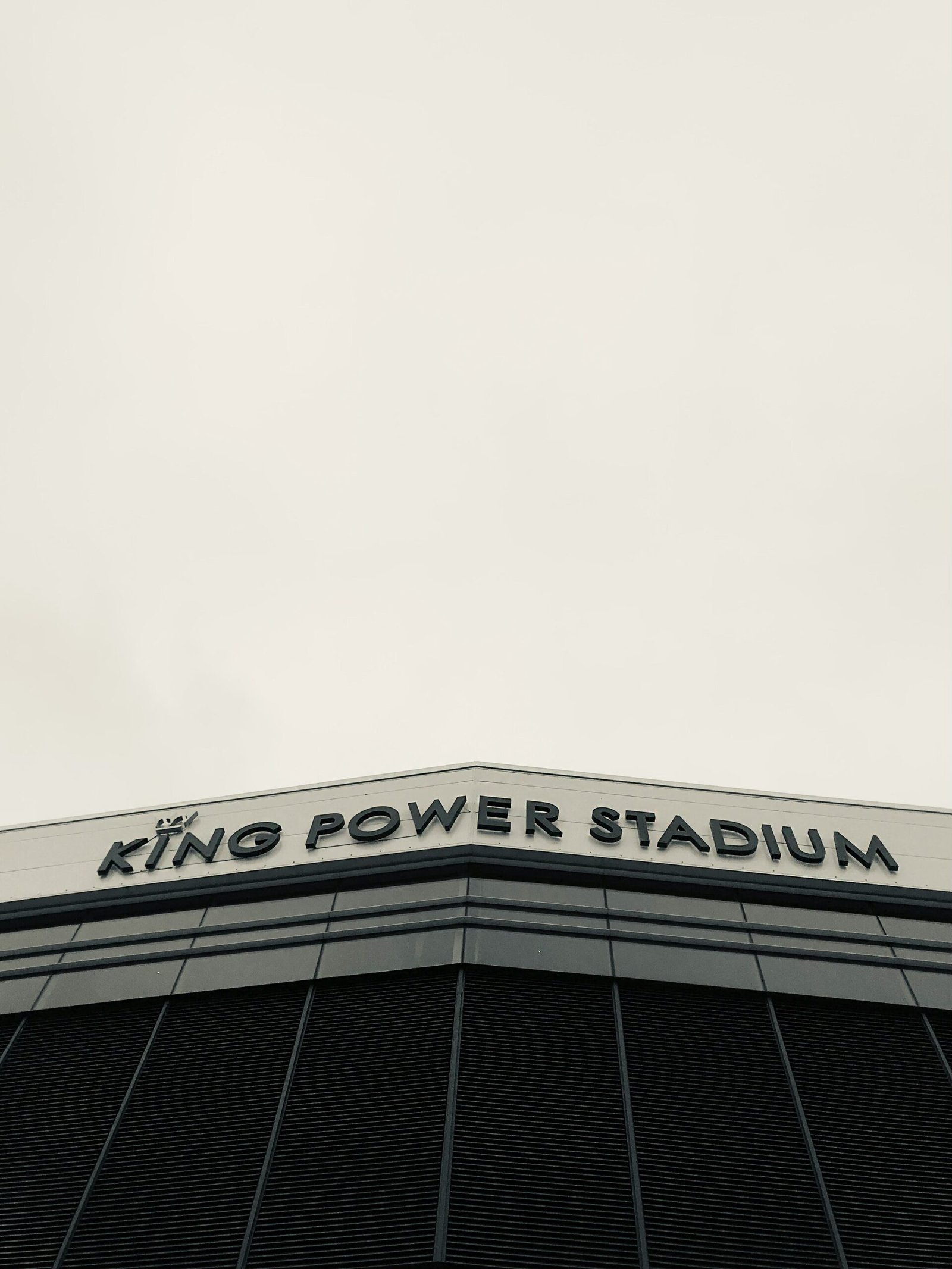Introduction to Leicester City
Leicester City, located in the heart of England, serves as the administrative center of Leicestershire. Strategically positioned in the East Midlands, it provides easy access to other major cities such as Birmingham and Nottingham. This vibrant city holds a significant place in the United Kingdom due to its rich history, cultural diversity, and contributions to various fields including industry and education.
Historically, Leicester City is one of the oldest cities in England, with evidence of Roman settlement dating back to the 1st century AD. Its historical relevance is further underscored by its role in significant events such as the English Civil War. Over the centuries, Leicester has transformed from a market town into a dynamic urban center. The discovery of the burial site of King Richard III in 2012 brought renewed interest in its historical narrative, with many visitors now seeking to explore sites associated with this pivotal event.
Leicester City is notable not only for its history but also for its cultural melting pot. The city boasts a wide array of festivals, art exhibitions, and culinary experiences that reflect its diverse population. The renowned Diwali celebrations attract visitors far and wide, showcasing India’s cultural roots alongside Leicester’s unique character. Additionally, the city’s vibrant educational institutions, such as the University of Leicester and De Montfort University, contribute to an academic atmosphere that enhances its appeal for both residents and tourists.
For those looking to explore a city with deep historical significance, rich cultural offerings, and a passion for football, Leicester City stands out as a compelling destination. With its engaging narrative and modern attractions, it promises to be an enriching experience for all who visit.
Historical Significance of Leicester City
Leicester City stands as a testament to centuries of history, with its roots tracing back to the Roman era when it was known as Ratae Corieltauvorum. This ancient settlement saw the construction of Roman roads, designed to connect this key outpost to other major locations across Britain. The remains of Roman baths and a significant Roman mosaic still exist today, highlighting the city’s historical importance during the Roman Empire. Moving into the medieval period, Leicester City flourished, becoming an important center for trade and commerce. The city played a crucial role in the wool trade, which contributed to its economic prosperity and cultural development.
During the 12th century, Leicester City witnessed the construction of notable landmarks such as the Leicester Castle and the Guildhall, which have become symbols of the city’s rich heritage. The impact of the English Civil War further marks this period, wherein Leicester’s strategic position made it an important battleground for Royalist and Parliamentarian forces. This historical significance is accentuated through the resilience of the local populace, as the city would later become a hub for industry during the Industrial Revolution, transforming Leicester into a vibrant urban center.
In modern times, landmarks like the King Richard III Visitor Centre and the National Space Centre highlight both the historical and contemporary culture of Leicester City. These attractions not only preserve the past but also embrace the city’s diverse heritage, showcasing various exhibitions that narrate the historical journey from ancient times to the present day. With such a deep-rooted history, Leicester City emerges not only as an emblem of England’s past but also as a city that continues to evolve, celebrating its heritage while looking toward the future.
Cultural Diversity in Leicester City

Leicester City is celebrated for its remarkable cultural diversity, which arises from the rich tapestry of communities that call this city home. Nestled in the heart of England, Leicester has a long history of immigration, resulting in a vibrant mix of cultures, heritages, and traditions. This multicultural environment not only enhances the social fabric of the city but also illuminates its identity, making it a unique place to live and visit.
The city is known for hosting various festivals that reflect its cultural mosaic. Events such as the Diwali celebrations, which attract thousands of visitors, showcase the deep-rooted Indian culture within the community. This Hindu festival of lights transforms Leicester’s streets into a breathtaking display of color and light, emphasizing the city’s commitment to celebrating its cultural diversity. Additionally, the Caribbean Carnival celebrates the rich traditions and history of the Caribbean community, featuring parades, music, and dance that offer a vibrant glimpse into a significant aspect of Leicester’s identity.
Furthermore, various ethnic groups have contributed to Leicester City’s culinary landscape, represented through a variety of restaurants and markets that offer authentic dishes from around the world. From traditional Indian cuisine to Caribbean flavors and Middle Eastern delicacies, the city’s food scene is a reflection of its multicultural population. This culinary variety also fosters an environment of cultural exchange, encouraging greater understanding among residents of different backgrounds.
As Leicester continues to evolve, the cultural contributions of its diverse communities play a critical role in shaping the city’s social landscape. By actively embracing and celebrating this diversity, Leicester City enriches the lives of its residents and visitors alike, positioning itself as a beacon of multicultural harmony and inclusivity in the UK.
Leicester City’s Architectural Heritage
Leicester City boasts a rich tapestry of architectural styles that reflects its history and cultural evolution. From medieval structures to modern designs, the city’s landscape serves as a testament to its development through the ages. One of the most notable historical buildings is the Guildhall, a medieval structure dating back to the 14th century. This remarkable building showcases the intricate craftsmanship of its time and stands as a symbol of the city’s rich heritage. The Guildhall is not only an important architectural landmark but also a vibrant part of Leicester City’s cultural fabric, hosting a variety of events and exhibitions.
In juxtaposition with its historical edifices, Leicester City embraces modern architecture that characterizes its growth in the 21st century. The Curve Theatre, which opened in 2008, is a prime example of contemporary design, featuring a striking glass façade that enhances the urban skyline. This innovative structure embodies the city’s commitment to the arts and serves as a hub for creativity and cultural exchange. The blend of modern and historical architecture in Leicester creates a unique aesthetic that draws visitors and residents alike.
Public spaces in Leicester City, such as Jubilee Square, also contribute significantly to the city’s charm. Designed to encourage community interaction, this space is often bustling with events and activities, such as markets, festivals, and outdoor performances. The thoughtful planning of these communal areas highlights the importance of architecture in enhancing urban life. Preservation efforts focus not only on maintaining the integrity of historical landmarks but also on ensuring that modern structures harmoniously coexist with them. The architectural heritage of Leicester City is an essential part of its identity, reflecting a dialogue between the past and the present while enriching the experience for all who visit or reside in the city.
The Rise of Leicester City Football Club

Leicester City Football Club, established in 1884, has a rich history that reflects the evolution of football in England. Originally founded under the name Stocking Factory, the club underwent several transformations before adopting its current name in 1919. Leicester City gradually made a name for itself in the local leagues, but it was not until the mid-20th century that the club began to experience significant success on a larger scale.
The 1970s proved to be a pivotal decade for the club, with Leicester City achieving key milestones, including a memorable FA Cup victory in 1969 and subsequent performances that saw it become a regular contender in both domestic and European competitions. However, the most remarkable period in the club’s history came in the 2015-2016 season when Leicester City, under the management of Claudio Ranieri, defied all odds and clinched the Premier League title. This achievement was particularly remarkable given that Leicester city had been considered relegation candidates the previous season. The triumph not only cemented the club’s status in English football but also instilled a deep sense of pride within the local community.
Key players like Jamie Vardy, Riyad Mahrez, and N’Golo Kanté became synonymous with this extraordinary success, showcasing their talents on the world stage and helping to elevate Leicester City into the annals of football history. This unexpected rise sparked a wave of local support, with fans rallying behind their team in unprecedented numbers, highlighting the powerful connection between the club and its community.
As Leicester City continues to compete in the Premier League, the impact of its exploits remains palpable, inspiring generations of fans and contributing significantly to the cultural fabric of Leicester. In conclusion, the club’s journey not only reflects the highs and lows of football but also serves as a testament to the enduring spirit of its supporters.
Leicester City’s Culinary Scene
Leicester City is renowned for its vibrant and diverse culinary landscape, which beautifully reflects its multicultural heritage. The city’s food scene encompasses a wide variety of cuisines, influenced by the many communities that inhabit the area. From traditional British fare to authentic Indian and Caribbean dishes, Leicester’s restaurants offer something for everyone, making it a gastronomic hotspot in the United Kingdom.
Among the prominent dining establishments, one can find award-winning Indian restaurants that serve flavorful dishes such as biryani, curry, and naan, representing the significant Indian population in Leicester City. Venues like the famous Kayal, offering Kerala cuisine, and the Spice Bazzar, known for its street food, showcase the city’s commitment to authenticity and quality. These restaurants not only provide delicious meals but also create an inviting atmosphere that celebrates the rich cultural tapestry of the city.
In addition to Indian cuisine, Leicester City boasts a plethora of international options, including Thai, Chinese, and Middle Eastern eateries. Notably, the city’s lively food markets and festivals present a unique opportunity to sample various culinary delights. The Leicester Caribbean Carnival, for example, features stalls offering jerk chicken, plantains, and other traditional Caribbean foods, attracting both locals and tourists alike. Furthermore, the annual Leicester Food and Drink Festival showcases local talent and highlights the importance of fresh, seasonal ingredients, fostering a closer connection between the community and its food.
For those exploring Leicester City, it is essential to take advantage of the diverse culinary offerings available. Whether indulging in a hearty meal at a local restaurant or experiencing the vibrant atmosphere of a food festival, one is guaranteed a taste of the city’s rich multicultural heritage. The food scene here not only satisfies the palate but also provides a window into the history and traditions of its inhabitants, making it a vital part of any exploration of Leicester City.
Parks and Recreational Activities in Leicester City

Leicester City is not only renowned for its rich history and vibrant culture but also for its abundant green spaces and recreational facilities that foster a healthy lifestyle and community engagement. The city’s parks serve as crucial havens for relaxation, recreation, and various outdoor activities, appealing to both residents and visitors alike. Among the most notable green spaces is Victoria Park, a sprawling area that provides a picturesque setting for leisurely strolls, picnics, and community events. Visitors can enjoy the beautiful flowerbeds and historical monuments that adorn the park, making it a popular spot year-round.
Another prominent park is Abbey Park, which boasts picturesque views along the River Soar and offers facilities for boating and various outdoor sports. This park is home to the historic abbey remains, providing visitors a glimpse into Leicester’s illustrious past. With ample jogging paths and cycling trails, Abbey Park encourages physical activity while allowing people to appreciate nature in its serene environment.
Community gardens also play an important role in promoting green living within Leicester City. These gardens foster community spirit and environmental stewardship, offering spaces where residents can grow vegetables and flowers together. Such initiatives not only contribute to enhancing local biodiversity but also provide opportunities for educational workshops on gardening practices and sustainability.
Additionally, sporting facilities throughout Leicester City cater to various interests. From football pitches to tennis courts, there are ample options for sports enthusiasts. Locations like the Leicester Sports Centre offer access to a wide range of sporting activities, from swimming to fitness classes, ensuring that residents can maintain an active lifestyle. Visitors can also partake in team sports, fostering camaraderie and teamwork, which is central to Leicester’s community spirit.
In conclusion, Leicester City’s numerous parks, community gardens, and recreational facilities serve as integral elements of urban life, offering countless opportunities for leisure, physical activity, and community cohesion.
Education and Innovation in Leicester City
Leicester City boasts a rich educational landscape with a diverse array of institutions that play a pivotal role in driving innovation and research. The city is home to two prominent universities, the University of Leicester and De Montfort University. Both institutions are recognized for their commitment to academic excellence and research advancements, contributing significantly to the growth and development of the region.
The University of Leicester, established in 1921, has gained a reputation for its research output and collaboration with various industries. Its focus spans multiple disciplines, including science, humanities, and social sciences, facilitating a multidisciplinary approach to problem-solving. The university actively engages with international partners, fostering a global knowledge network that supports innovation and economic development.
Similarly, De Montfort University is known for its emphasis on practical learning and strong industry connections. The institution offers a wide range of courses aimed at equipping students with the skills necessary to meet the demands of the modern job market. With dedicated research centers and initiatives, De Montfort plays a crucial role in fostering entrepreneurship, particularly within technology and creative sectors. This focus on practical skills not only enhances students’ employability but also fuels local economic growth.
Moreover, Leicester City’s commitment to education is evident in its strong focus on lifelong learning and community engagement. Various colleges and vocational training centers provide alternative pathways for learners, catering to individuals at different stages of their education. This inclusive approach to learning contributes to a skilled workforce, positioning Leicester City as an attractive destination for businesses seeking innovation and growth.
In conclusion, the educational institutions in Leicester City serve as crucial pillars for fostering innovation and research, effectively contributing to the overall development of the city. Through their diverse offerings and emphasis on practical skills, they play a vital role in shaping the future of both students and the local economy.
Conclusion: The Future of Leicester City
The future of Leicester City appears promising as it stands at a pivotal moment of transformation and growth. With a blend of rich history, cultural diversity, and a passionate football community, the city is poised to enhance its position as a key player on the regional and national stages. Ongoing development projects, such as the revitalization of public spaces and infrastructure improvements, are set to enrich the urban landscape, making Leicester City more attractive for both residents and visitors alike.
Moreover, Leicester City’s football heritage, exemplified by the achievements of Leicester City Football Club, continues to inspire community pride and engagement. The club’s success has not only boosted local morale but also has the potential to drive tourism, with fans flocking to the city to experience matches at the iconic King Power Stadium. This inflow of visitors can lead to increased economic activity in hospitality, retail, and services, which is crucial for the city’s economic resilience in the coming years.
However, challenges remain, including ensuring equitable growth for all communities within Leicester City and addressing local issues such as housing and transportation. The city authorities will need to balance development with maintaining the unique cultural and historical elements that define Leicester. Effective community engagement will be vital to navigate these challenges and to foster a sense of belonging among residents.
As Leicester City embarks on this journey towards an exhilarating future, collaboration among local businesses, organisations, and the community will be essential. By harnessing the city’s strengths—its diverse population, rich culture, and sporting legacy—Leicester City can look forward to a vibrant and sustainable future that honors its past while innovating for tomorrow.






